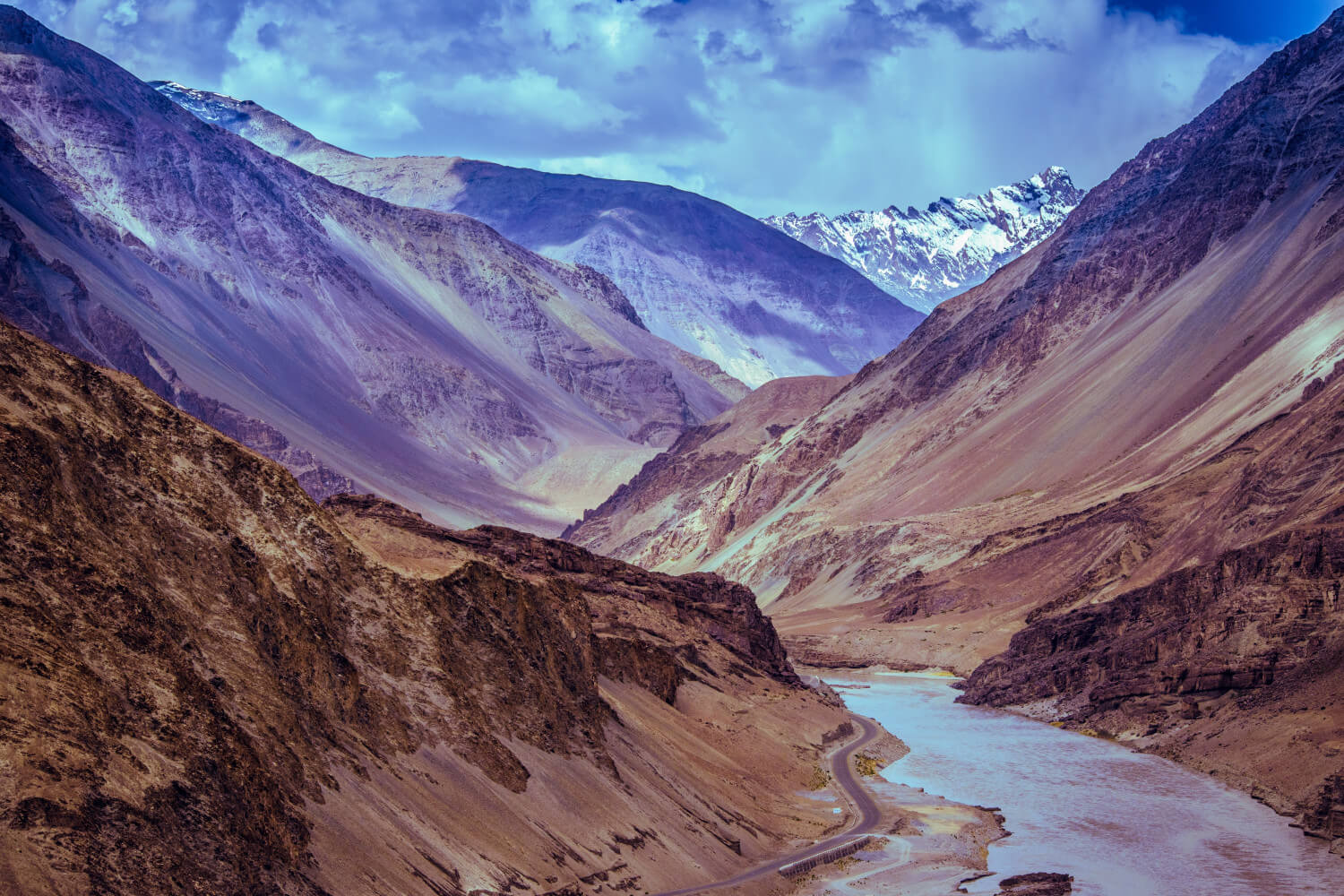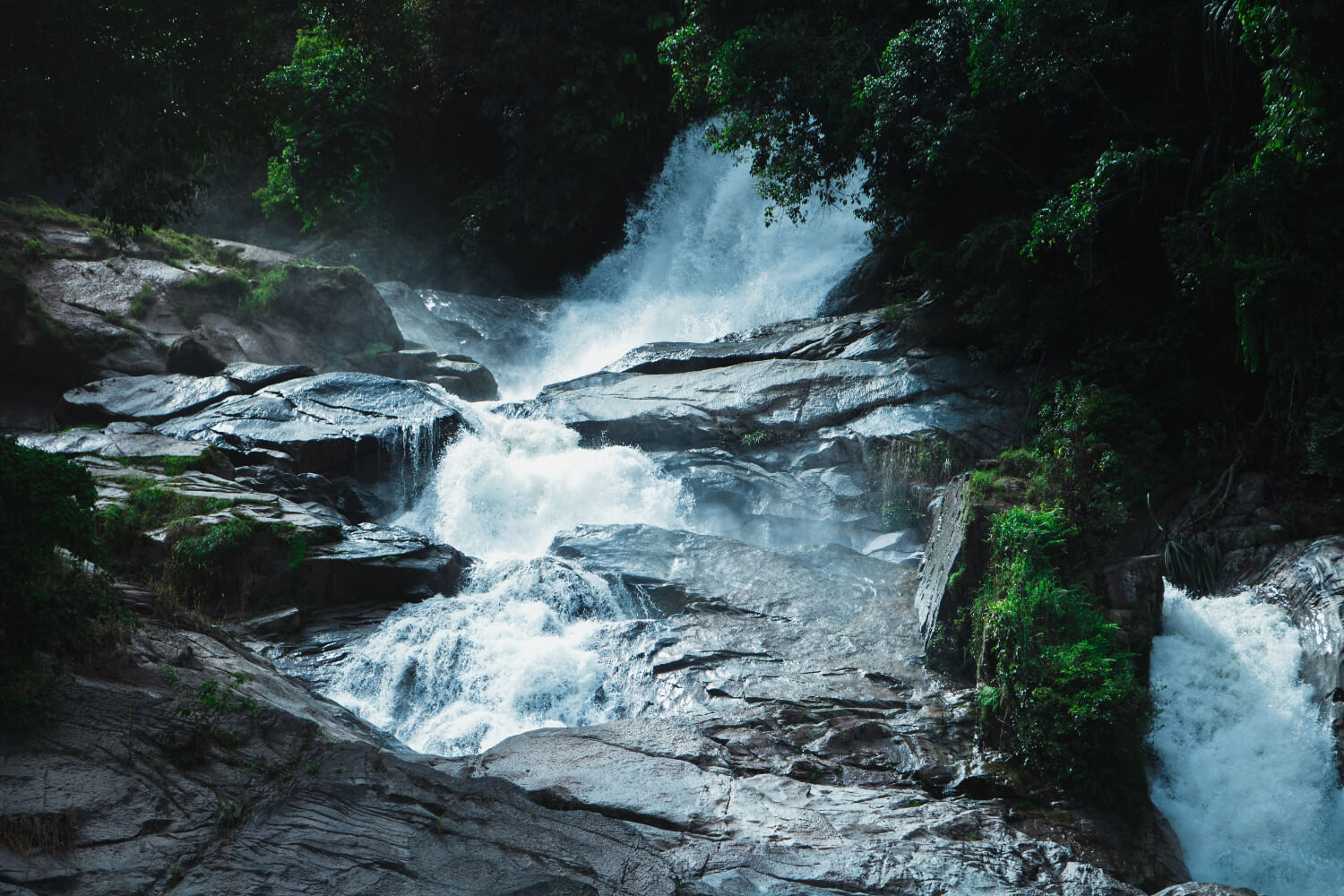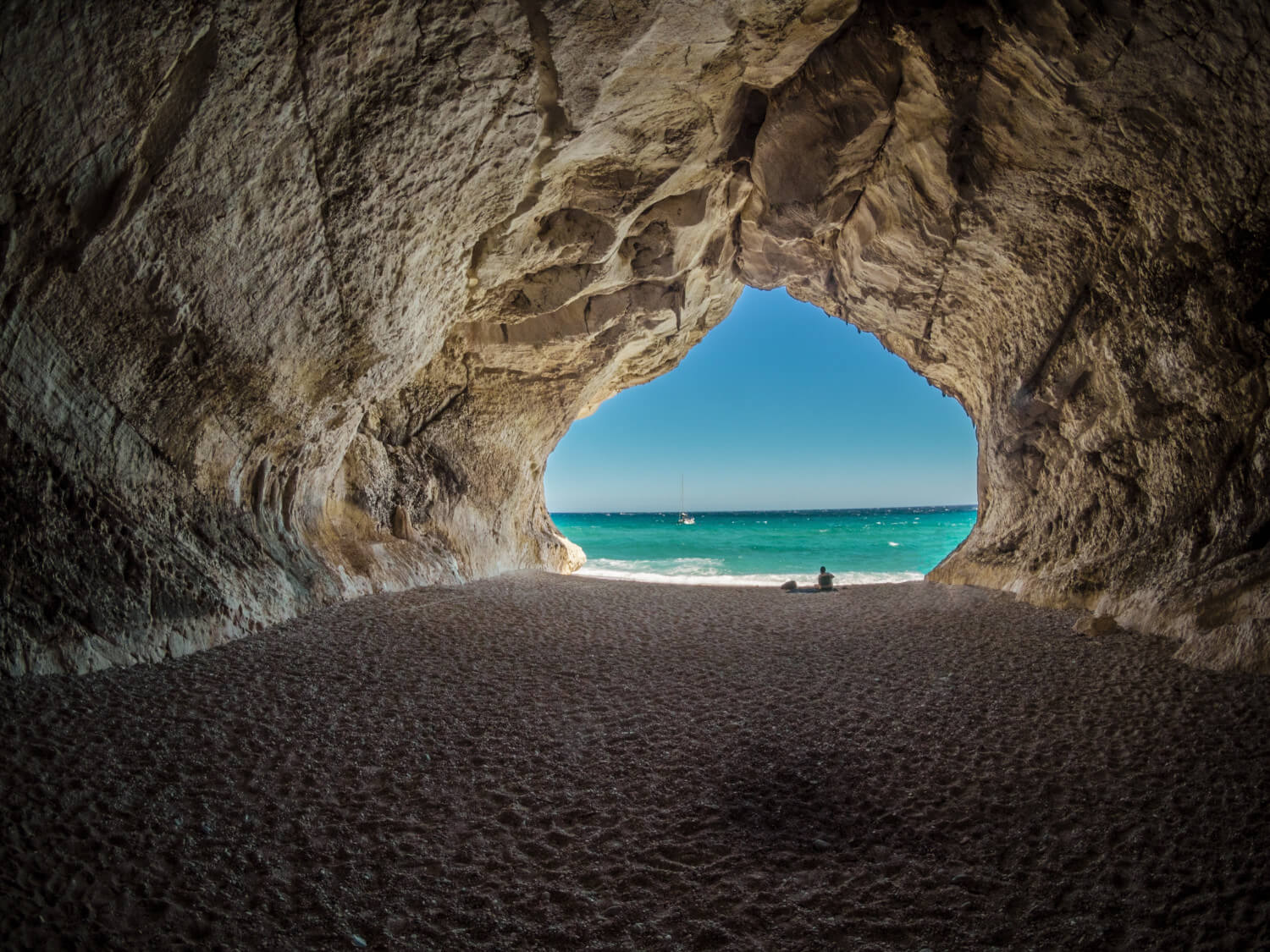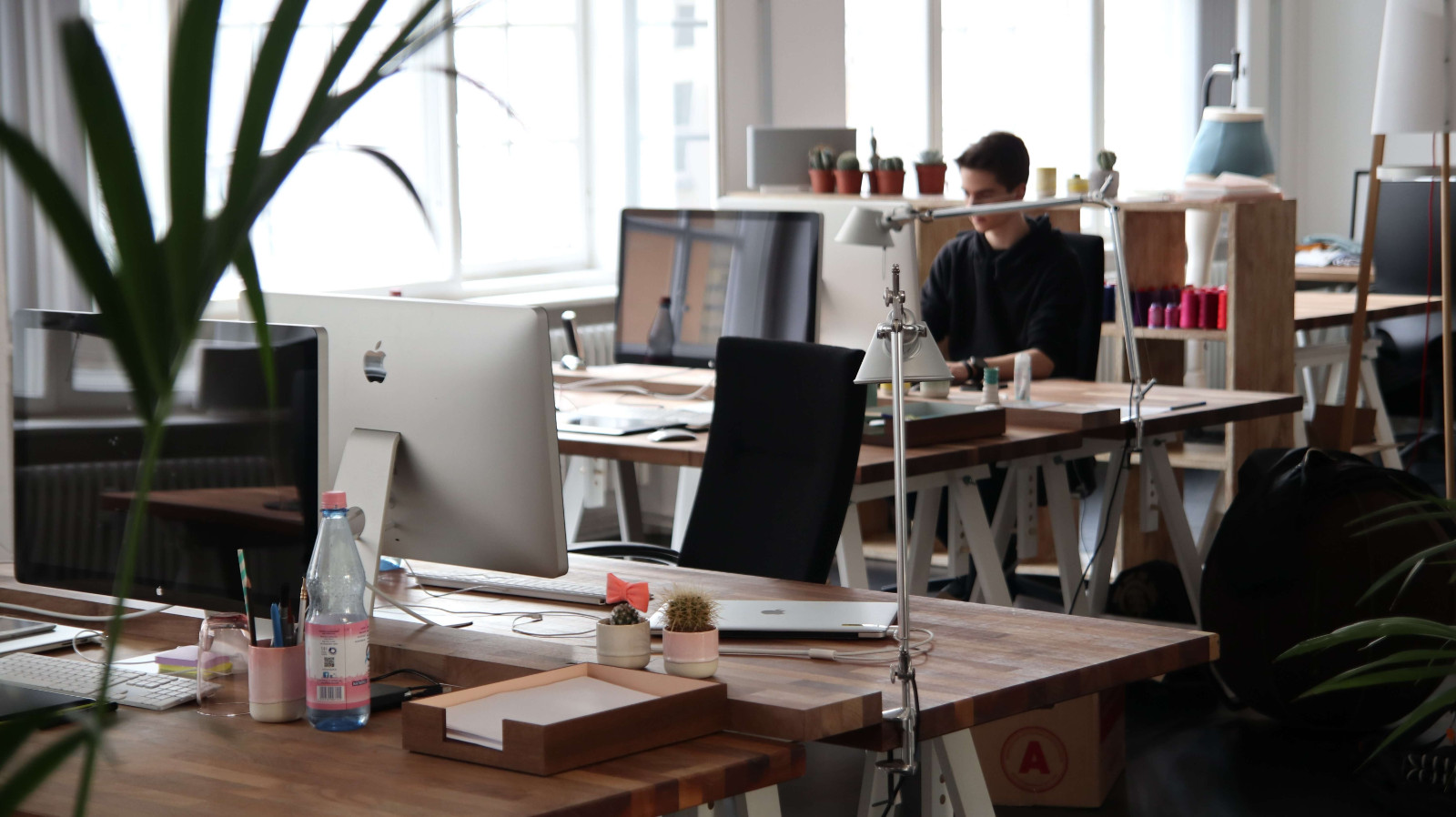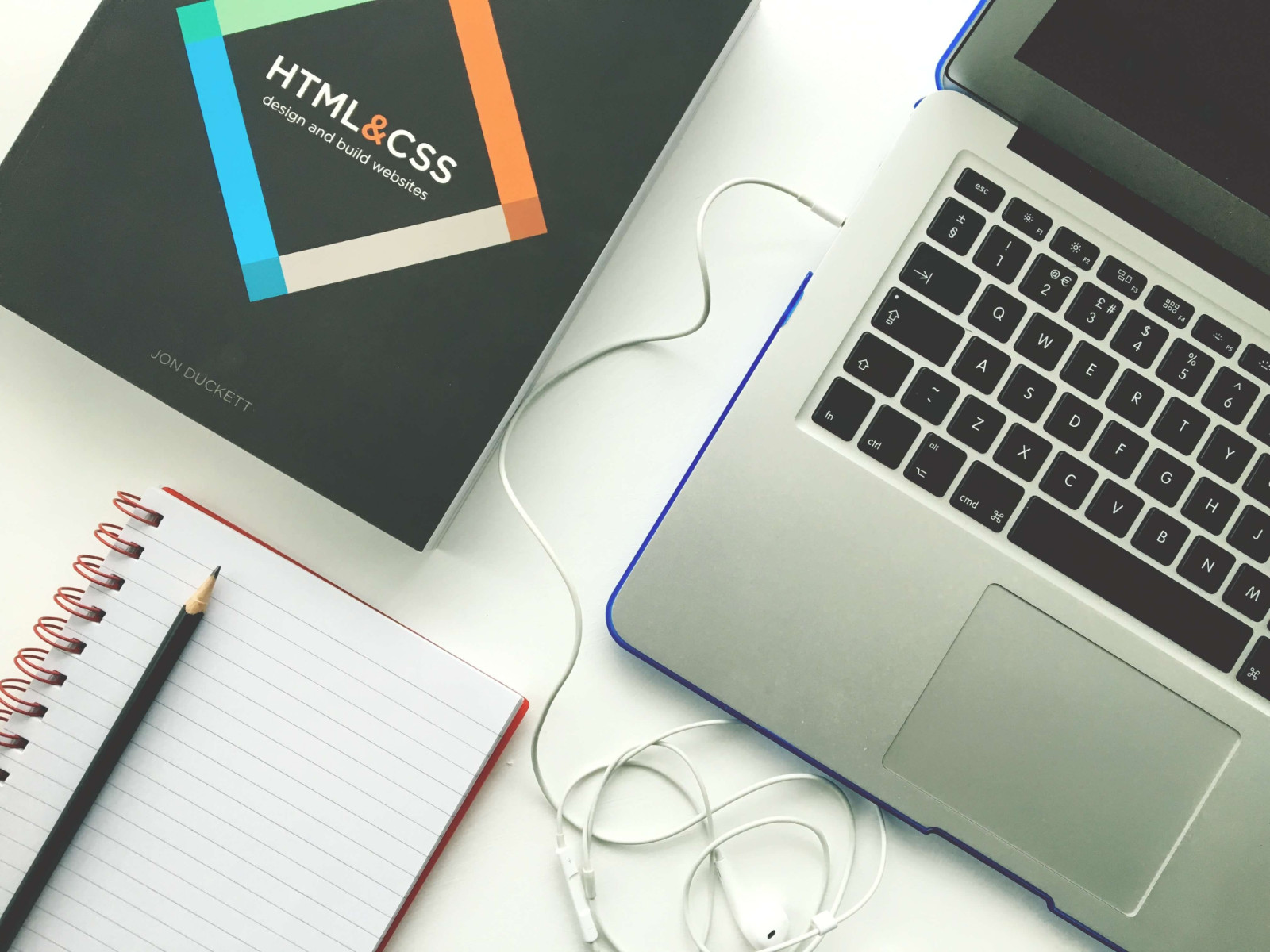The 8 Best Ways to Get 6-Pack Abs Fast

Whether you’re aiming to achieve your fitness goals or simply want to look good in a swimsuit, acquiring a sculpted set of six-pack abs is a goal shared by many.
Getting a six-pack requires dedication and hard work, but you don’t have to hit the gym seven days a week or become a professional bodybuilder to do so.
Instead, a few modifications to your diet and lifestyle can be enough to produce serious, long-lasting results.
Here are 8 simple ways to achieve six-pack abs quickly and safely.
1. Do More Cardio
Cardio, also called aerobic exercise, is any form of exercise that increases your heart rate.
Regularly incorporating cardio into your routine can help you burn extra fat and speed your way to a set of six-pack abs.
Studies show that cardio is especially effective when it comes to reducing belly fat, which can help make your abdominal muscles more visible.
One small study showed that doing cardio exercise three to four times per week significantly decreased belly fat in 17 men (1).
Another review of 16 studies found that the more cardio exercise people did, the greater amount of belly fat they lost (2).
Try to get in at least 20–40 minutes of moderate to vigorous activity per day, or between 150–300 minutes per week (3).
Activities like running, walking, biking, swimming or engaging in your favorite sports are just a few easy ways to fit cardio into your day.
Summary Studies show that cardio exercise can reduce belly fat, which can help you get six-pack abs. One review found that the more cardio people did, the more belly fat they lost.
2. Exercise Your Abdominal Muscles
The rectus abdominis is the long muscle that extends vertically along the length of your abdomen.
Although most well-known as the muscle that creates the appearance of the six-pack, it’s also necessary for breathing, coughing and bowel movements.
Other abdominal muscles include the internal and external obliques and the transverse abdominis.
Exercising these muscles is key to increasing muscle mass and achieving six-pack abs.
However, keep in mind that abdominal exercises alone are unlikely to decrease belly fat.
For example, one study found that doing abdominal exercises five days per week for six weeks had no effect on belly fat in 24 women (4).
Instead, be sure to pair your abdominal exercises with a healthy diet and regular cardio to boost fat burning and maximize results.
Abdominal crunches, bridges and planks are a few of the most popular exercises that can help strengthen your abdominal muscles and create the appearance of six-pack abs.
Summary Exercising the muscles that make up your abdomen can help increase muscle mass to achieve six-pack abs. Pair abdominal exercises with a healthy diet and cardio to optimize results.
3. Increase Your Protein Intake
Upping your intake of high-protein foods can help promote weight loss, fight belly fat and support muscle growth on your road to six-pack abs.
According to one study, consuming high-protein meals helped increase feelings of fullness and promote appetite control in 27 overweight and obese men (5).
Another study showed that people who increased protein intake by just 15% decreased their calorie intake and saw significant decreases in body weight and body fat (6).
Consuming protein after working out can also help repair and rebuild muscle tissues as well as aid in muscle recovery (7, 8).
Plus, one study even found that a high-protein diet helped preserve both metabolism and muscle mass during weight loss (9).
Meat, poultry, eggs, seafood, dairy products, legumes, nuts and seeds are just a few examples of healthy, high-protein foods that you can add to your diet.
Summary Protein may help reduce calorie intake, as well as decrease body weight and fat. It can also help repair and rebuild muscle tissues and preserve muscle mass during weight loss.
4. Try High-Intensity Interval Training
High-intensity interval training, or HIIT, is a form of exercise that involves alternating between intense bursts of activity and short recovery periods. HIIT keeps your heart rate up and increases fat burning.
Adding HIIT into your routine can boost weight loss and make it even easier to get six-pack abs.
One study showed that young men who performed HIIT training for 20 minutes three times per week lost an average of 4.4 pounds (2 kg) and saw a 17% decrease in belly fat over a 12-week period (10).
Similarly, another study found that 17 women who did HIIT twice per week for 16 weeks had an 8% decrease in total belly fat (11).
One of the simplest ways to try HIIT at home is to switch between walking and sprinting for 20–30 seconds at a time.
You can also try alternating between high-intensity exercises like jumping jacks, mountain climbers and burpees with a short break in between.
Summary High-intensity interval training can help increase fat burning and may be especially useful for reducing belly fat and achieving six-pack abs.
5. Stay Hydrated
Water is absolutely crucial to just about every aspect of health. It plays a role in everything from waste removal to temperature regulation.
Staying well-hydrated may also help bump up your metabolism, burn extra belly fat and make it easier to get a set of six-pack abs.
In fact, one study found that drinking 500 milliliters of water temporarily increased energy expenditure by 24% for up to 60 minutes after eating (12).
Other research shows that drinking water may also reduce your appetite and increase weight loss.
One study with 48 middle-aged and older adults found that people who drank water before each meal lost 44% more weight over a 12-week period than those who didn’t (13).
Water requirements can vary based on a variety of factors, including age, body weight and activity level.
However, most research recommends drinking around 1–2 liters (34–68 ounces) of water per day to stay well-hydrated.
Summary Studies show that drinking water can temporarily increase metabolism, reduce appetite and increase weight loss to help you lose stubborn belly fat.
6. Stop Eating Processed Food
Heavily processed foods like chips, cookies, crackers and convenience foods are typically high in calories, carbs, fat and sodium.
Not only that, these foods are typically low in key nutrients such as fiber, protein, vitamins and minerals.
Nixing these unhealthy junk foods from your diet and swapping them for whole foods can increase weight loss, reduce belly fat and help you achieve a set of six-pack abs.
This is because it takes more energy to digest whole foods rich in protein and fiber, which can burn more calories and keep your metabolism up (14).
The nutrients in whole foods, like protein and fiber, also keep you feeling fuller to curb cravings and aid in weight loss (15, 16).
Fruits, vegetables, whole grains and legumes are all nutritious alternatives to prepackaged convenience items like frozen meals, baked goods and salty snacks.
Summary Processed foods are high in calories, carbs, fat and sodium. These foods require less energy to digest and are also lacking in important nutrients like protein and fiber that can aid in weight loss.
Healthline Partner Solutions
Get Answers from a Doctor in Minutes, Anytime
Have medical questions? Connect with a board-certified, experienced doctor online or by phone. Pediatricians and other specialists available 24/7.
7. Cut Back on Refined Carbs
Cutting back on your consumption of refined carbohydrates can help you lose extra fat and gain six-pack abs.
Refined carbs lose most of their vitamins, minerals and fiber during processing, resulting in a final product that is low in nutritional value.
Eating lots of refined carbs can cause spikes and crashes in blood sugar levels, which can lead to increased hunger and food intake (17).
Eating plenty of whole grains, on the other hand, has been linked to a reduced waist circumference and lower body weight (18).
In fact, one study found that people who ate a high amount of refined grains tended to have a higher amount of belly fat compared to those who ate more whole grains (19).
Swap out refined carbs from foods like pastries, pastas and processed foods and instead enjoy whole grains such as brown rice, barley, bulgur and couscous to help support satiety and burn belly fat.
Summary Refined carbs are low in nutrients and can increase hunger levels. A high intake of refined grains has been linked to increased belly fat.
8. Fill up on Fiber
Adding more high-fiber foods into your diet is one of the simplest methods for increasing weight loss and achieving six-pack abs.
Soluble fiber moves through the gastrointestinal tract undigested and can help slow the emptying of the stomach to make you feel fuller for longer (20).
In fact, one review found that increasing fiber intake by 14 grams per day was linked to a 10% decrease in calorie intake and 4.2 pounds (1.9 kg) of weight loss (21).
Research shows that getting enough fiber in your diet may also prevent weight gain and fat accumulation.
One study showed that for each 10-gram increase of soluble fiber taken daily, participants lost 3.7% of belly fat over five years without making any other modifications in terms of diet or exercise (22).
Fruits, vegetables, whole grains, nuts and seeds are just a few healthy, high-fiber foods that you can add to your diet to help burn belly fat.
Summary Eating fiber can help keep you feeling full and may help protect against weight gain and fat accumulation.
The Bottom Line
There’s much more to getting six-pack abs than simply doing a few crunches or planks each day.
Instead, it requires following a healthy diet and maintaining an active lifestyle to help achieve your goals.
Making a few simple switches in your daily routine can get you a set of six-pack abs and improve your health at the same time.


